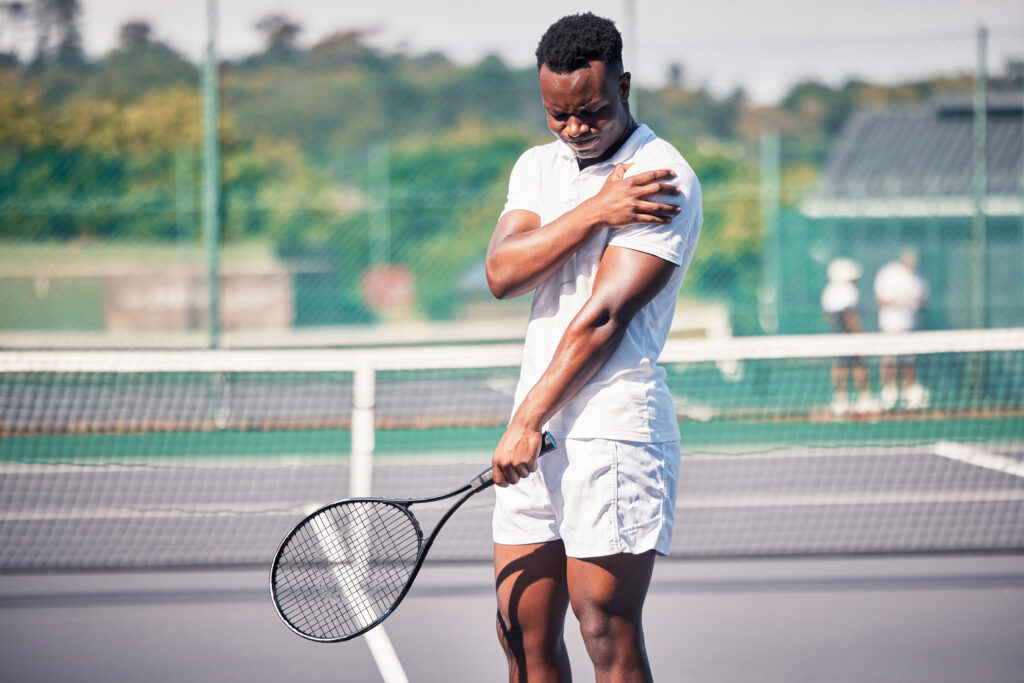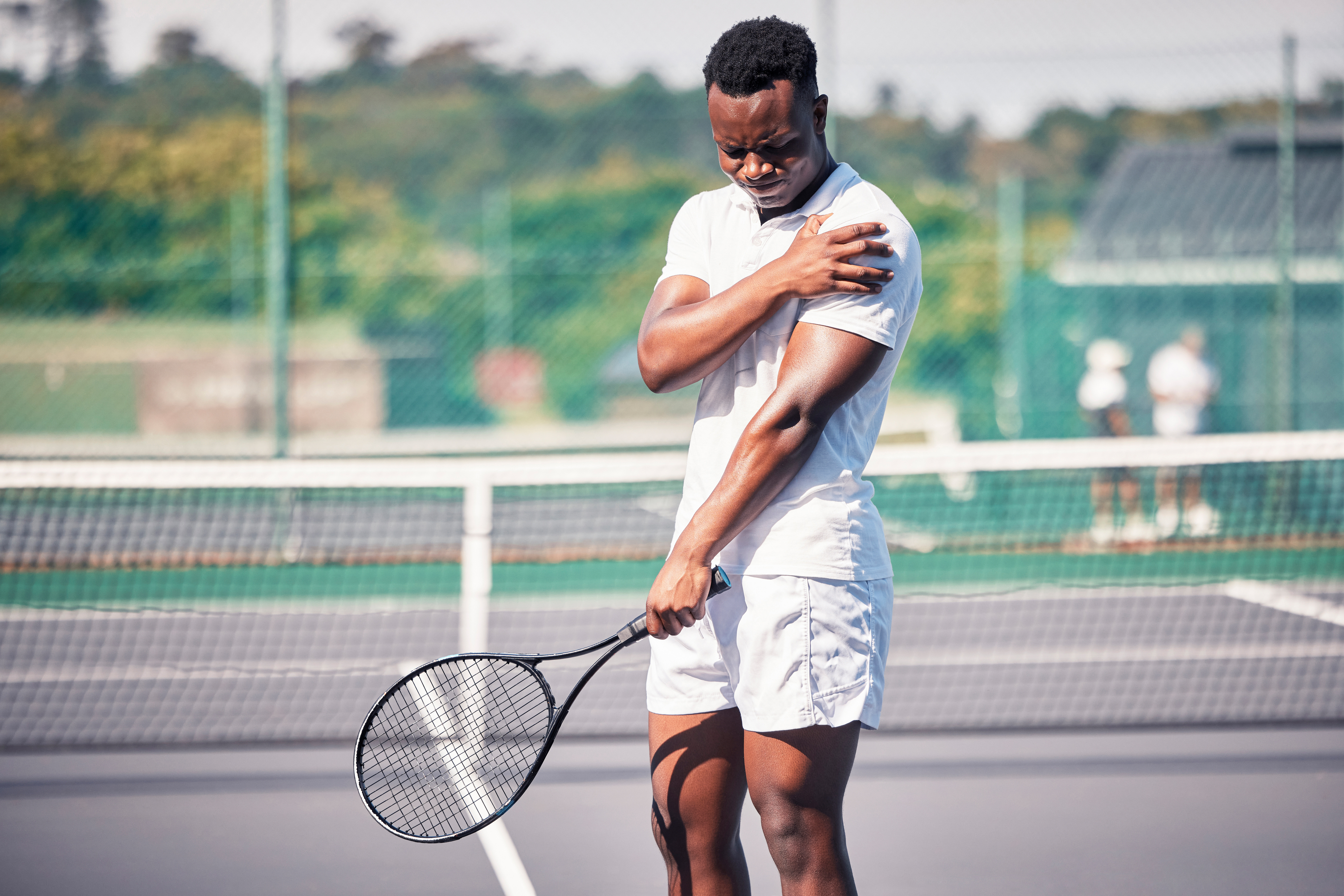
Dead Arm Syndrome is a perplexing condition that affects individuals engaged in repetitive shoulder movements causing sudden, acute pain that temporarily weakens or impairs the arm.
It often creeps up on athletes, especially baseball pitchers, who demand the utmost from their shoulders, only to find themselves grappling with sharp discomfort and a concerning loss of function.
In order to use your arm with minimal to no pain, it involves identifying the causes and symptoms, and seeking interventions that can alleviate discomfort and restore function.
A crucial step in this journey is having an informed conversation with a doctor or specialist with expertise in sports injuries.

Introduction to Dead Arm Syndrome
Dead arm syndrome is a condition that can cause sudden, sharp arm pain. Athletes – such as football players or baseball players – may notice it because they can no longer throw.
An effective approach to treating dead arm syndrome not only relieves the immediate discomfort but also paves the way for ongoing health and optimal athletic performance.
Definition and Overview
Imagine if you were once able to use your throwing arm without pain and suddenly you can’t throw because your limb feels like it’s not your own. This confusing sensation is often experienced by those with dead arm syndrome, where the arm’s function is impaired without apparent reason, leading to discomfort and a hindered ability to perform certain physical activities.
Consulting with a physician upon noticing these symptoms is crucial, as dead arm syndrome may stem from a variety of underlying conditions, ranging from nerve compression, tissue inflammation or injury. Accurate diagnosis is essential, and a specialist’s expertise can pinpoint the root cause and provide an effective treatment plan.
Importance in Orthopedics
Within orthopedics, dead arm syndrome garners significant attention due to its potential to sideline athletes. It’s important to identify the issues so that individuals can reengage with their sports swiftly and, most importantly, safely.
A good understanding of dead arm syndrome allows doctors to deliver care that extends beyond managing symptoms. Treatments may include preventative strategies, an understanding of sports biomechanics, and tailored treatments, all working collaboratively to rehabilitate and fortify the arm against future injury.
Symptoms of Dead Arm Syndrome
Recognizing the symptoms of dead arm syndrome is key in tackling the condition head-on.
- Pain and weakness:
- Significant discomfort or pain in the shoulder, especially when throwing, accompanied by noticeable weakness in the upper arm.
- Numbness and tingling:
- A sensation of pins and needles or numbness radiating from the shoulder down the arm.
- Reduced throwing ability:
- Difficulty throwing with the same force and control as before, often experiencing a significant drop in throwing speed.
- Shoulder instability:
- Clicking or popping sounds in the shoulder joint, sometimes accompanied by a feeling of the shoulder partially dislocating.
- Fatigue in the arm:
- Feeling of tiredness and exhaustion in the affected arm, especially during repetitive movements.
As you better understand the signs and symptoms of dead arm syndrome, keep in mind that the characteristics of your discomfort and functional impairment offer critical clues in formulating an effective treatment plan.
Conclusion and Takeaways
Arm health and function depend on the timely recognition of symptoms, an accurate diagnosis, and a well-defined treatment plan. Noticing the signs and symptoms early, will help prevent prolonged discomfort and performance setbacks
It’s important you talk with your doctor to understand the underlying causes of your symptoms so that you can get treatment as soon as possible. Staying informed and supported through recovery is going to help with peak arm function and overall musculoskeletal health.
The physicians and specialists at Southeast Orthopedic Specialists are experts in all aspects of orthopedic and spine care. No matter the type of treatment you require, the team at Southeast Orthopedic Specialists is ready to serve you at one of their six locations across Duval, St. Johns and Clay counties. If you find yourself experiencing any type of pain related to an orthopedic or spine condition, call Southeast Orthopedic Specialists at 904.634.0640 or schedule an appointment online
(Photo Credit – Adobe)
